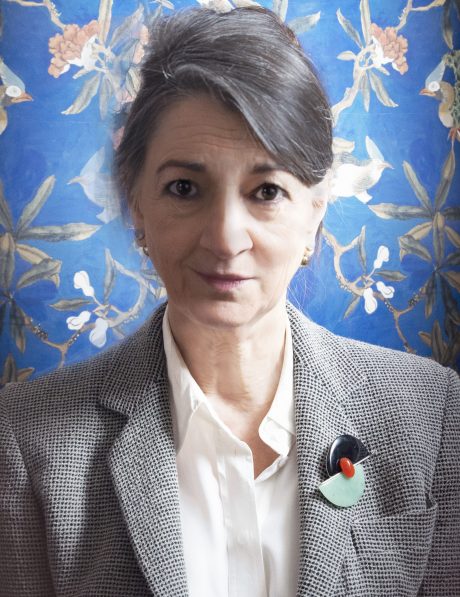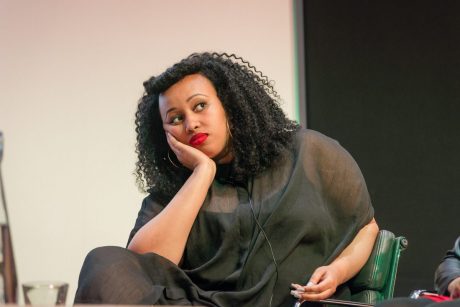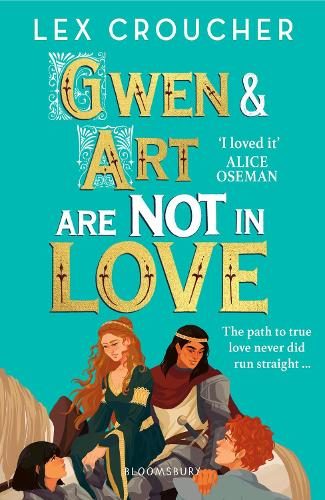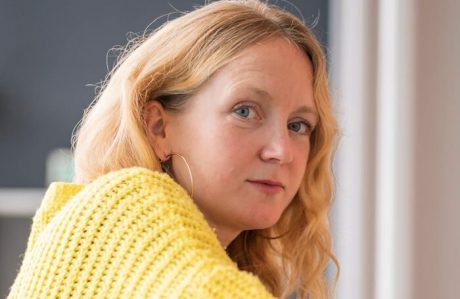
“The internet… is a loom, not a net. It is a tool.”
— Marina Warner, Out Loud: The Experience of Literature in the Digital Space
As the publishing landscape continues to evolve, the future of literary production—particularly in the Young Adult (YA) sector—demands a nuanced understanding of how digital innovation, pedagogical practice, and literary ethics intersect. This blog offers five reflections emerging from two recent sources: Marina Warner’s contribution to Brave New Words: The Power of Writing Now (2020) and the 2023 article Exploring Trends in a Growing Field, which presents a content analysis of scholarly YA publications between 2000 and 2020.
Both texts suggest that the roles of writer, editor, and educator are shifting in response to wider cultural, technological, and epistemological changes. What follows is not a definitive map of the road ahead, but a sketch of some key trajectories.
1. Literature as Performed, Digital, and Collective

Marina Warner’s essay, ‘Out Loud: the experience of literature in the digital space’ in Brave New Words offers a powerful reconsideration of how we read, share, and perform literature in the twenty-first century. She argues that literature today increasingly takes shape through multi-sensory, performative encounters—via podcasts, spoken word videos, online festivals, and social media. Warner resists the often dystopian framing of digital culture, instead emphasizing the web’s potential to host what she terms ‘word-events’: communal, embodied expressions of language that blur the boundary between written and oral forms.

Rather than seeing the internet merely as a conduit for distraction or disinformation, Warner proposes that it operates as a kind of loom, weaving together voices and texts into new forms of collective storytelling. This is particularly resonant for YA publishing, where authors such as Warsan Shire and Hollie McNish reach audiences that far exceed traditional readerships, not only through books but through sound, performance, and digital presence.
Warner’s analysis invites us to rethink the ontology of the literary text itself—not as static inscription, but as something that lives, moves, and reanimates through new media. The implications for publishing are profound: the ‘page’ is no longer the final destination, and the book increasingly becomes just one of many possible expressions of a work.
2. YA Literature as Cultural Mirror and Mediator

The content analysis by Suico et al. (2023) demonstrates that YA literature is often situated at the intersection of cultural conversation and critical reflection. A growing body of scholarly texts in the field engage directly with themes of social justice, identity politics, trauma, and global displacement. As Suico et al. show, YA literature not only reflects current events—such as school shootings or the climate crisis—but also shapes how young readers encounter and process these realities.
Interestingly, Suico et al. also highlight a shift in YA scholarship itself. Rather than focusing mostly on teaching tips or author profiles, more recent books have taken a turn towards theory and critique. YA isn’t just being introduced to students anymore—it’s being studied in depth, much like classic literature. And this change has big implications, especially for teacher training.
Their findings suggest that YA texts are particularly valuable for helping students explore difficult topics—grief, trauma, injustice—in a way that’s both relevant and meaningful. There’s also a strong push to move beyond the traditional white-dominated literary canon. Teachers can now meet curriculum requirements using diverse, contemporary stories that genuinely connect with students’ lives.
What’s more, as YA literature grows in popularity outside the classroom, scholars are embracing it as a rich site for cultural analysis. The field is no longer just reacting to changes in education and society—it’s helping shape them. With new standards calling for explicitly antiracist and antibias approaches, YA is clearly stepping up to the challenge.
This aligns with Warner’s conception of literature as a medium of collective ritual and mnemonic practice. Her reference to texts that participate in “commemorative and symbolic rituals” (2020) echoes the social work that much contemporary YA fiction attempts to do. In both cases, we see literature not only as entertainment or artistic expression, but as a way of holding space for grief, resistance, and hope.
3. Pedagogies of Voice and Listening

For educators in creative writing and publishing, Warner’s emphasis on the oral and auditory dimensions of literature offers an important provocation. She highlights the resurgence of spoken word and the embodied nature of poetic performance—an echo of ancient traditions of bardic storytelling and public lamentation. Teaching literature or editing creative work in this context becomes less about formal correction or gatekeeping and more about attuning to voice: its rhythms, hesitations, cadences, and contexts.
This pedagogical model implies a greater emphasis on listening, not just to the text but to the conditions of its production. For editors and writing tutors alike, this means cultivating feedback practices that are not only critical but also compassionate and generative. Warner reminds us that literature is “sounded,” not just “read,” and that to publish ethically is to honour the presence and performance of voice—even, and especially, when it challenges dominant norms.
4. Research, Memory, and the Digital Archive

Warner is cautious but optimistic about the internet’s archival capacity. While she notes the sensory thinness of digital reading—the way screen-based texts “slip from memory”—she also acknowledges the unprecedented access to global literary traditions afforded by digitisation. For researchers, this means that literature no longer exists in neatly bounded national or linguistic canons, but rather circulates in what she calls a “sea of stories.”
This has direct relevance for creative writing students, editors, and publishers. Understanding where texts come from, how they have travelled, and how they resonate across cultures is increasingly part of a responsible publishing practice. Research, in this sense, is not merely academic; it is a way of reading ethically, of placing one’s work in dialogue with wider literary, political, and historical currents.
5. Publishing as Ethical Engagement
Finally, both Warner and Suico et al. point towards the ethical dimensions of literary work. Warner’s engagement with performance traditions, refugee narratives, and multilingual poetry suggests a model of literature that is borderless, participatory, and often precarious. She writes of “communities of fate,” bound not by geography but by shared imaginative and emotional experiences. As the short video above shows, authors like Malorie Blackman who has been publishing challenging YA fiction for decades, are ethically shaping how new generations think and discuss issues connected with social class, gender and race.
In YA publishing, this finds expression in the increasing demand for texts that speak from and to diverse experiences—whether in terms of race, gender, class, disability, or migration. Suico et al. note that the field has moved decisively from simply promoting YA as a category to critically interrogating its politics, aesthetics, and institutional conditions.
Publishing, then, is not just about finding the next bestseller. It is about curating a space in which voices can be heard, where stories can challenge, affirm, provoke, and transform. It is about recognising that the work of literature does not end with the page, but begins there.
References
Suico, T., Donovan, S. J., Boyd, A. S., Hill, C., Bickmore, S., & Unsicker-Durham, S. (2023). Exploring Trends in a Growing Field: A Content Analysis of Young Adult Literature Scholarly Book Publications 2000–2020. English Education, 55(2), 116–135.
Warner, M. (2020). Out Loud: The Experience of Literature in the Digital Space, in Nasta, S. (ed.) Brave New Words: The Power of Writing Now. Myriad Editions.
